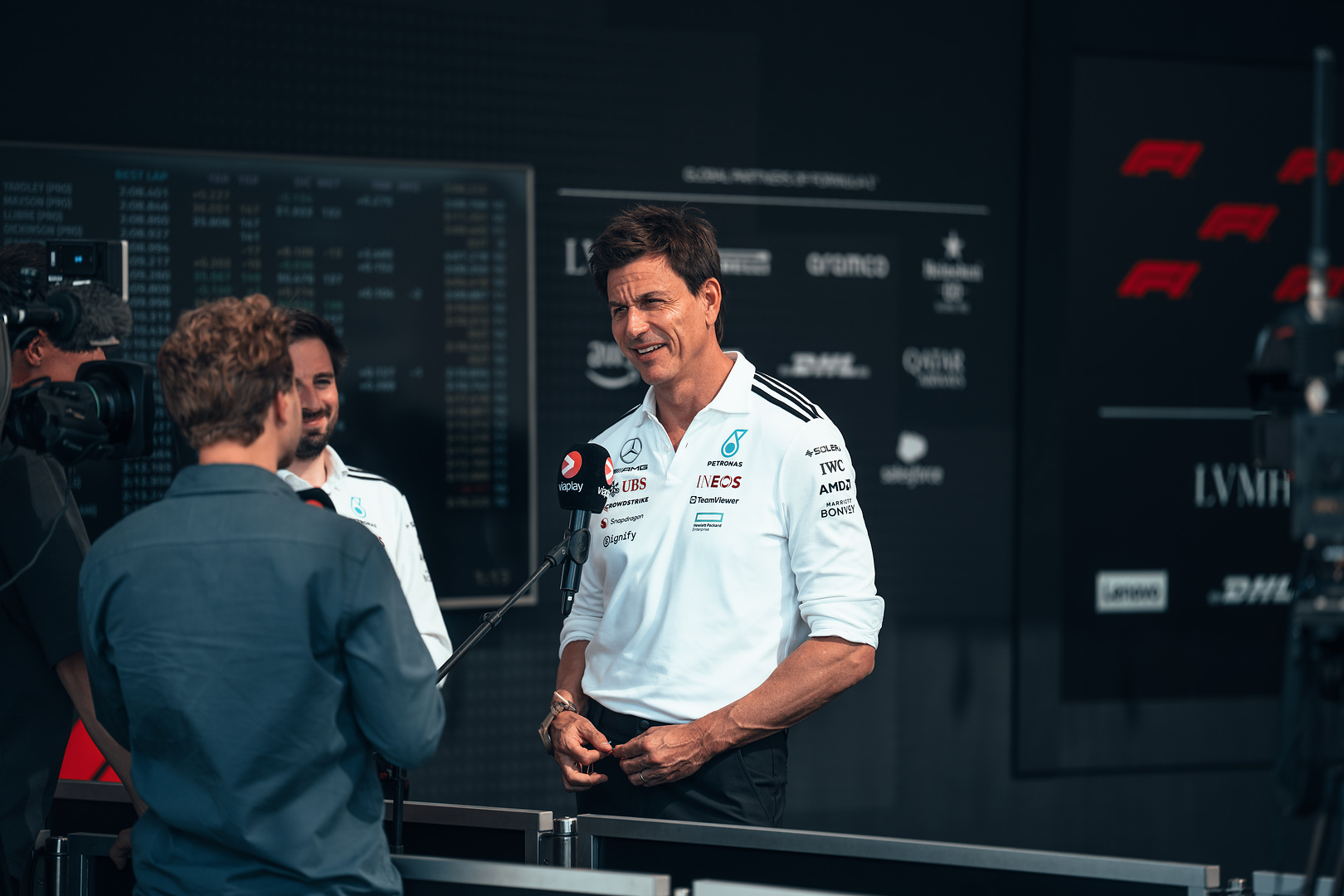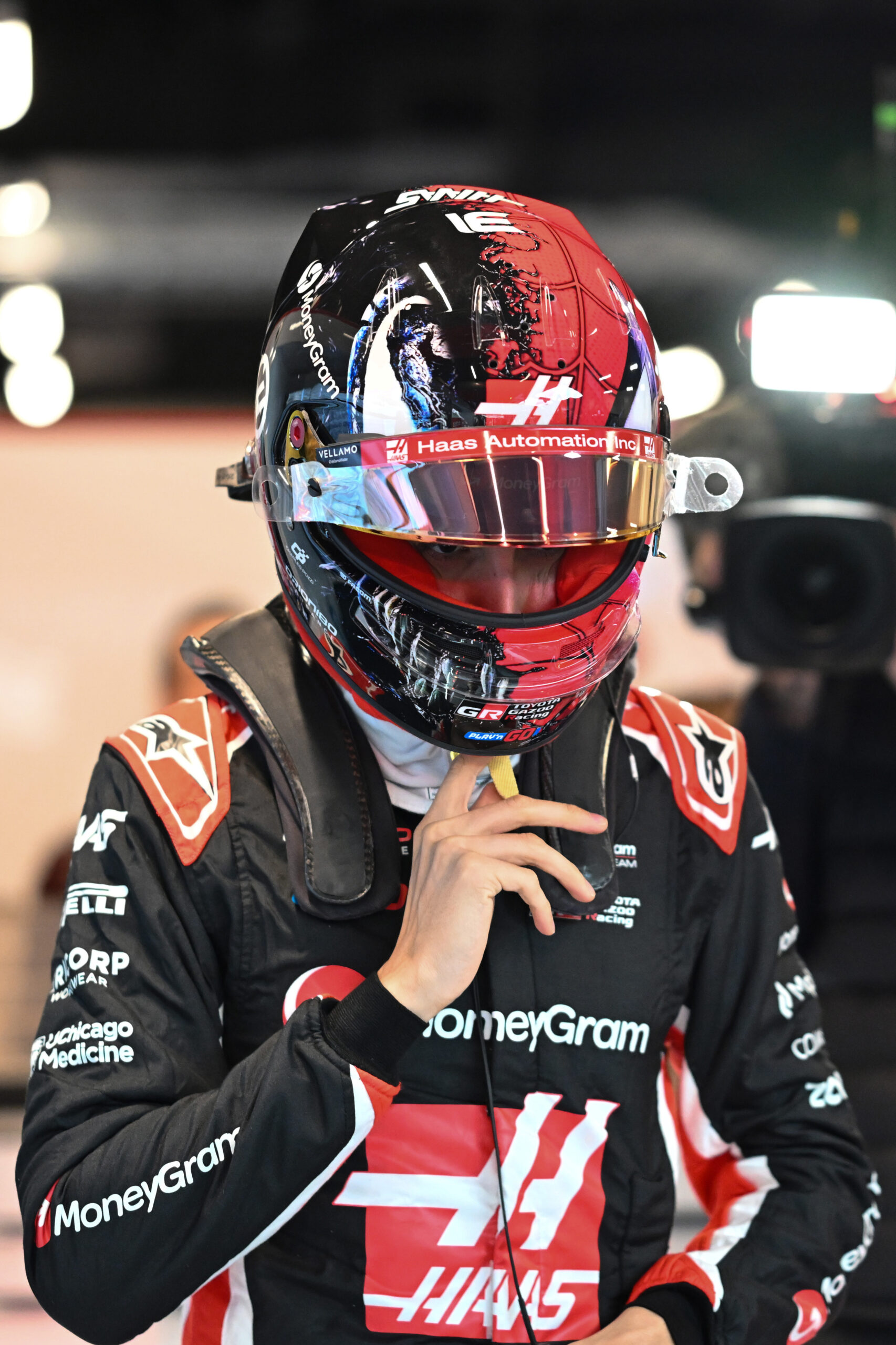The FIA F3 Championship stands as one of the most cut-throat proving grounds in motorsport, and in 2025, 18-year-old Alessandro Giusti has faced a year filled with growth, learning, and tough lessons. The MP Motorsport rookie entered F3 following a strong campaign in the Formula Regional European Championship by Alpine (FRECA), but quickly found himself immersed in a much tighter, more unforgiving competitive environment.
Speaking during a virtual media event, attended by Pit Debrief, ahead of the Hungarian GP weekend, Giusti opened up about the key takeaways from his first season in the championship. With no significant technical advantage between cars in F3, success often hinges on driver execution, particularly in Qualifying. As Giusti made clear, that’s where drivers make their biggest gains—and suffer their biggest losses.
The pressure of equal machinery in F3
Unlike in F1, where car performance disparities often dictate grid position and results, F3 operates on a level playing field. All teams run the same Dallara chassis and identical mechanical specifications, and while engineers can optimise car setup, there is little to differentiate one team’s machinery from another. As a result, every thousandth of a second comes down to how well the driver executes—and how precisely they and the team read changing conditions.
F2 and F3 CEO Bruno Michel recently reinforced this principle, emphasising that equal machinery puts driver skill at the forefront. When asked to weigh in on this topic ahead of the 2025 F3 Hungarian GP, Giusti gave a thoughtful response.
“Yeah, for sure. The field is really tight, as you can see, like the past few Quali you are four tenths off and you can be out of the top 12,” Giusti explained, in response to a question by Pit Debrief. “So yeah, you really need to nail the lap in Quali, especially on the last set. That’s what I’m struggling with right now. And I think, yeah, to be good with the team, have a good warm-up and so on, yeah, makes the difference.”
Giusti’s remarks highlight the reality of F3: being just a few tenths off the ultimate pace can be the difference between starting on the second row or fighting from the midfield. And while his raw speed is unquestionable, consistency over a single lap has been a key learning point. He also hinted at the importance of warm-up procedures, driver preparation, and working cohesively with the team—factors that often separate rookies from seasoned competitors.
Adapting to MP Motorsport and new challenges
Joining a new team is always a challenge for any driver, and for Giusti, linking up with MP Motorsport for his rookie F3 season meant adjusting not only to new personnel but also to different working philosophies and operational standards. That process, he says, has been both demanding and rewarding.
“I think this year I learned a lot. First year, you have to learn the car, learn the tyre, how to warm up and how to work with MP as well as it was new for me.”
Finding the sweet spot of the tyre during Qualifying—when grip is at its peak—requires not just raw talent but also an understanding of tyre preparation and how to structure an out-lap. For Giusti, building that understanding has been a core part of his development. Learning how the tyres evolve across a session, how track temperatures impact performance, and when to push all contribute to the steep curve that rookie drivers must climb.
Qualifying: The deciding factor in F3
While racecraft and consistency are important in F3, Giusti was clear in his belief that Qualifying is where championships—and careers—can be shaped.
“The biggest thing I learned is clearly to put everything together. We’re on a tight field as F3. FRECA is a bit not as tight as this. And also, yeah, in F3, you have one lap that matters in Quali. So I think it will be Quali.”
Given how turbulent F3 races can be—due to DRS trains, high tyre degradation, and safety cars—starting higher up the grid significantly increases a driver’s odds of success. If that lap is not nailed, the rest of the weekend can become damage limitation. In Giusti’s case, mastering this single-lap challenge remains a work in progress. Despite showing strong pace and an ability to fight in the pack, stringing together a perfect Qualifying lap under pressure is still the next big box to tick in his development.
Managing tyre degradation: A surprising strength
While Qualifying has been his self-identified weakness, Giusti was quick to point out a strength that has helped him hold his own throughout the year: tyre management. In a championship where many young drivers tend to overdrive or overheat their tyres, Giusti has shown surprising composure.
“And yeah, as well, on the tyre deg, I have to manage it. And I think I was quite good with it this year. But yeah, clearly need to learn a bit more on the Quali side now.”
Managing tyre degradation is particularly important in F3’s longer feature races, where pace must be measured and strategic. Giusti’s ability to control this aspect has likely helped him stay competitive even when starting further down the grid.
A year of growth—and a platform for more
Alessandro Giusti’s debut F3 campaign has been anything but easy, but his reflections from the 2025 Hungarian GP weekend show a driver who is honest about his challenges and clear-eyed about what he must improve. The tight field, the unforgiving nature of Qualifying, and the need to adapt quickly have all served as powerful lessons—and tools he can carry into the next stage of his career.
His adaptability with MP Motorsport, progress in tyre management, and raw potential mean he is laying a strong foundation—not just for a second year in F3, should he return, but for his long-term prospects in the junior single-seater ladder.





